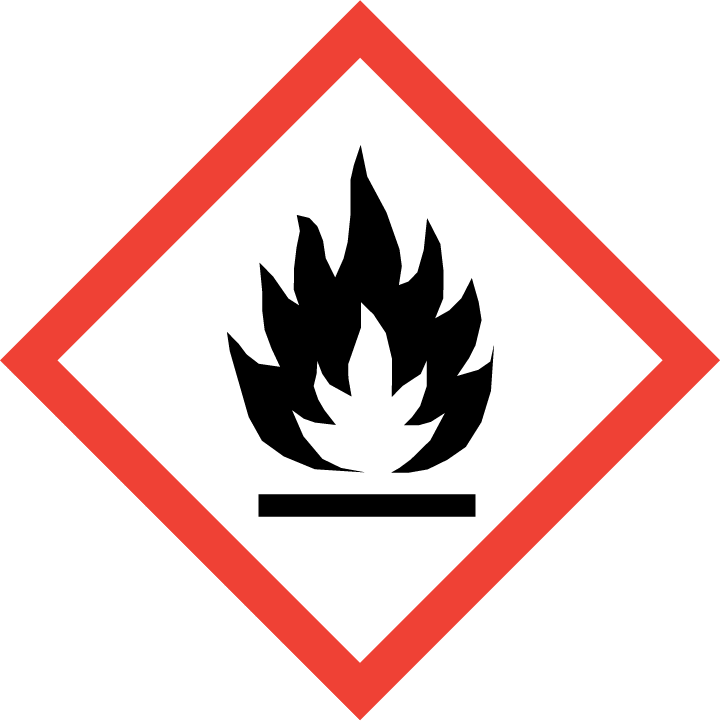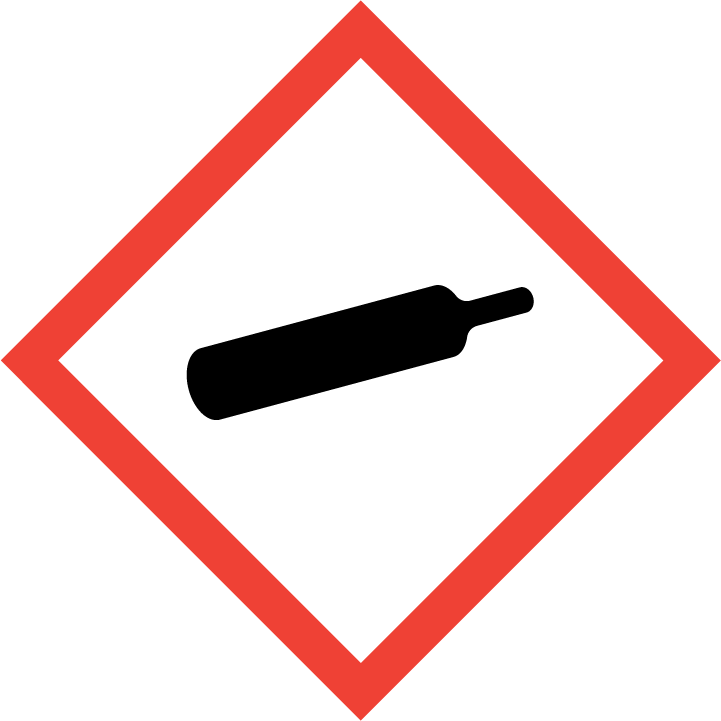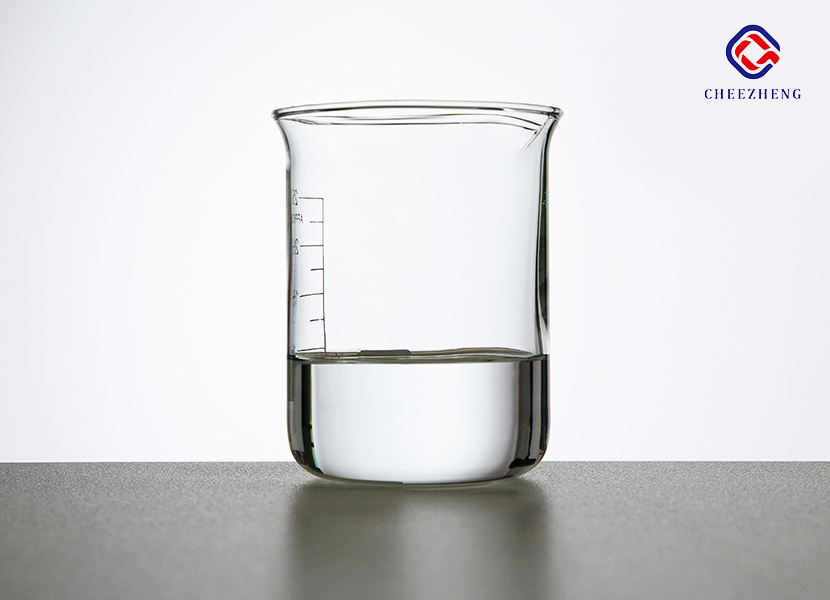| Product name | methanethiol |
|---|
| Product number | - |
|---|---|
| Other names | MERCAPTOMETHYLE |
| Identified uses | For industry use only. Volatile organic compounds |
|---|---|
| Uses advised against | no data available |
| Company | MOLBASE (Shanghai) Biotechnology Co., Ltd. |
|---|---|
| Address | Floor 4 & 5, Building 12, No. 1001 North Qinzhou Road, Xuhui District, Shanghai, China |
| Telephone | +86(21)64956998 |
| Fax | +86(21)54365166 |
| Emergency phone number | +86-400-6021-666 |
|---|---|
| Service hours | Monday to Friday, 9am-5pm (Standard time zone: UTC/GMT +8 hours). |
Gases under pressure: Compressed gas
Flammable gases, Category 1
Acute toxicity - Inhalation, Category 3
Hazardous to the aquatic environment, short-term (Acute) - Category Acute 1
Hazardous to the aquatic environment, long-term (Chronic) - Category Chronic 1
2.2 GHS label elements, including precautionary statements| Pictogram(s) |     |
|---|---|
| Signal word | Danger |
| Hazard statement(s) | H220 Extremely flammable gas H331 Toxic if inhaled H410 Very toxic to aquatic life with long lasting effects |
| Precautionary statement(s) | |
| Prevention | P210 Keep away from heat, hot surfaces, sparks, open flames and other ignition sources. No smoking. P261 Avoid breathing dust/fume/gas/mist/vapours/spray. P271 Use only outdoors or in a well-ventilated area. P273 Avoid release to the environment. |
| Response | P377 Leaking gas fire: Do not extinguish, unless leak can be stopped safely. P381 In case of leakage, eliminate all ignition sources. P304+P340 IF INHALED: Remove person to fresh air and keep comfortable for breathing. P311 Call a POISON CENTER/doctor/… P321 Specific treatment (see ... on this label). P391 Collect spillage. |
| Storage | P410+P403 Protect from sunlight. Store in a well-ventilated place. P403 Store in a well-ventilated place. P403+P233 Store in a well-ventilated place. Keep container tightly closed. P405 Store locked up. |
| Disposal | P501 Dispose of contents/container to ... |
none
3.Composition/information on ingredients 3.1 Substances| Chemical name | Common names and synonyms | CAS number | EC number | Concentration |
|---|---|---|---|---|
| methanethiol | methanethiol | 74-93-1 | none | 100% |
Consult a physician. Show this safety data sheet to the doctor in attendance.
If inhaledFresh air, rest. Artificial respiration may be needed. Refer for medical attention.
In case of skin contactRemove contaminated clothes. Refer for medical attention . ON FROSTBITE: rinse with plenty of water, do NOT remove clothes.
In case of eye contactFirst rinse with plenty of water for several minutes (remove contact lenses if easily possible), then refer for medical attention.
If swallowedNever give anything by mouth to an unconscious person. Rinse mouth with water. Consult a physician.
4.2 Most important symptoms/effects, acute and delayedCan cause death by respiratory paralysis. It is an eye and respiratory tract irritant. Exposure results in pulmonary edema and hepatic and renal damage. (EPA, 1998)
4.3 Indication of immediate medical attention and special treatment needed, if necessaryImmediate first aid: Ensure that adequate decontamination has been carried out. If patient is not breathing, start artificial respiration, preferably with a demand-valve resuscitator, bag-valve-mask device, or pocket mask, as trained. Perform CPR as necessary. Immediately flush contaminated eyes with gently flowing water. Do not induce vomiting. If vomiting occurs, lean patient forward or place on left side (head-down position, if possible) to maintain an open airway and prevent aspiration. Keep patient quiet and maintain normal body temperature. Obtain medical attention. /Sulfur and related compounds/
5.Fire-fighting measures 5.1 Extinguishing media Suitable extinguishing mediaStop flow of gas before extinguishing fire. Use water spray to control fire by preventing its spread and absorbing some of its heat.
5.2 Specific hazards arising from the chemicalCombustion produces irritating sulfur dioxide. Flash back along vapor track may occur. Very dangerous when exposed to heat, flame, or oxidizers. On decomposition it emits highly toxic fumes of sulfur oxides. It will react with water, steam or acids to produce toxic and flammable vapors; and can react vigorously with oxidizing materials. Irritating sulfur dioxide is produced upon combustion. When heated to decomposition, it emits highly toxic fumes and flammable vapors. Incompatible with mercuric oxide and oxidizing materials. Avoid direct sunlight, and areas of high fire hazards. Hazardous polymerization may not occur. (EPA, 1998)
5.3 Special protective actions for fire-fightersWear self-contained breathing apparatus for firefighting if necessary.
6.Accidental release measures 6.1 Personal precautions, protective equipment and emergency proceduresUse personal protective equipment. Avoid dust formation. Avoid breathing vapours, mist or gas. Ensure adequate ventilation. Evacuate personnel to safe areas. Avoid breathing dust. For personal protection see section 8.
6.2 Environmental precautionsEvacuate danger area! Consult an expert! Personal protection: self-contained breathing apparatus. Ventilation. Do NOT let this chemical enter the environment.
6.3 Methods and materials for containment and cleaning upStop or control the leak, if this can be done with undue risk. Use water spray to cool and disperse vapors, protect personnel, and dilute spills to form nonflammable mixtures. Control runoff and isolate discharged material for proper disposal.
7.Handling and storage 7.1 Precautions for safe handlingAvoid contact with skin and eyes. Avoid formation of dust and aerosols. Avoid exposure - obtain special instructions before use.Provide appropriate exhaust ventilation at places where dust is formed. For precautions see section 2.2.
7.2 Conditions for safe storage, including any incompatibilitiesFireproof. Separated from strong oxidants and acids. Cool. Store in an area without drain or sewer access.Separate from oxidizing materials. Store in a cool, dry, well-ventilated location.
8.Exposure controls/personal protection 8.1 Control parameters Occupational Exposure limit valuesRecommended Exposure Limit: 15 Minute Ceiling Value: 0.5 ppm (1 mg/cu m).
Biological limit valuesno data available
8.2 Appropriate engineering controlsHandle in accordance with good industrial hygiene and safety practice. Wash hands before breaks and at the end of workday.
8.3 Individual protection measures, such as personal protective equipment (PPE) Eye/face protectionSafety glasses with side-shields conforming to EN166. Use equipment for eye protection tested and approved under appropriate government standards such as NIOSH (US) or EN 166(EU).
Skin protectionWear impervious clothing. The type of protective equipment must be selected according to the concentration and amount of the dangerous substance at the specific workplace. Handle with gloves. Gloves must be inspected prior to use. Use proper glove removal technique(without touching glove's outer surface) to avoid skin contact with this product. Dispose of contaminated gloves after use in accordance with applicable laws and good laboratory practices. Wash and dry hands. The selected protective gloves have to satisfy the specifications of EU Directive 89/686/EEC and the standard EN 374 derived from it.
Respiratory protectionWear dust mask when handling large quantities.
Thermal hazardsno data available
9.Physical and chemical properties| Physical state | colourless gas with a garlic-like or rotten cabbage-like smell |
|---|---|
| Colour | Water-white liquid when below boiling point, or colorless gas |
| Odour | Odor of rotten cabbage |
| Melting point/ freezing point | 2ºC |
| Boiling point or initial boiling point and boiling range | 6°C(lit.) |
| Flammability | Flammable GasExtremely flammable. |
| Lower and upper explosion limit / flammability limit | Lower flammable limit:3.9% by volume; Upper flammable limit:21.8% by volume |
| Flash point | -18°C |
| Auto-ignition temperature | no data available |
| Decomposition temperature | no data available |
| pH | no data available |
| Kinematic viscosity | no data available |
| Solubility | 2 % (NIOSH, 2016) |
| Partition coefficient n-octanol/water (log value) | log Kow = 0.78 (est) |
| Vapour pressure | 1536 mm Hg ( 20 °C) |
| Density and/or relative density | 0.8665 |
| Relative vapour density | 1.66 (vs air) |
| Particle characteristics | no data available |
no data available
10.2 Chemical stabilityStable under recommended storage conditions.
10.3 Possibility of hazardous reactionsVery dangerous, when exposed to heat, flame; can react vigorously with oxidizing materials.The gas is heavier than air and may travel along the ground; distant ignition possible.METHYL MERCAPTAN is a reducing agent--can react vigorously with oxidizing agents. Dangerous fire or explosion hazard when exposed to heat, flame, sparks or strong oxidizing agents (e.g., calcium hypochlorite). When heating to decomposition emits highly toxic fumes of oxides of sulfur [Lewis, 3rd ed., 1993, p. 862]. Violent reaction with mercury(II) oxide [Klason P., Ber., 1887, 20, p. 3410].
10.4 Conditions to avoidno data available
10.5 Incompatible materialsCan react dangerously with strong oxidizing agents and mercury (II) oxide.
10.6 Hazardous decomposition productsUpon decomposition, emits highly toxic fumes of /sulfur oxides/.
11.Toxicological information Acute toxicity- Oral: LD50 Mouse oral 61 mg/kg
- Inhalation: LC50 Mouse inhalation 1,664 ppm/4 hr
- Dermal: no data available
no data available
Serious eye damage/irritationno data available
Respiratory or skin sensitizationno data available
Germ cell mutagenicityno data available
Carcinogenicityno data available
Reproductive toxicityno data available
STOT-single exposureno data available
STOT-repeated exposureno data available
Aspiration hazardno data available
12.Ecological information 12.1 Toxicity- Toxicity to fish: no data available
- Toxicity to daphnia and other aquatic invertebrates: no data available
- Toxicity to algae: no data available
- Toxicity to microorganisms: no data available
AEROBIC: Aerobic degradation of methyl mercaptan is insignificant compared to anaerobic degradation(1).
12.3 Bioaccumulative potentialAn estimated BCF of 3 was calculated in fish for methyl mercaptan(SRC), using an estimated log Kow of 0.78(1) and a regression-derived equation(1). According to a classification scheme(2, this BCF suggests the potential for bioconcentration in aquatic organisms is low(SRC).
12.4 Mobility in soilUsing a structure estimation method based on molecular connectivity indices(1), the Koc of methyl mercaptan can be estimated to be 13(SRC). According to a classification scheme(2), this estimated Koc value suggests that methyl mercaptan is expected to have very high mobility in soil. Gaseous methyl mercaptan has been observed to partition to soils(3). For example, when gaseous methyl mercaptan was passed over six air-dried and moist (50% field capacity) soils, 2.4-32.1 mg/g and 2.2-21.4 mg/g of methyl mercaptan rapidly adsorbed to the dry and moist soils, respectively(3). Neither the capacity or rate of sorption was correlated to soil pH, organic matter content, or clay content; sterile controls ruled out the involvement of microorganisms(3); it was suggested that adsorption to soil surfaces might be an environmental sink for gaseous methyl mercaptan(3).
12.5 Other adverse effectsno data available
13.Disposal considerations 13.1 Disposal methods ProductThe material can be disposed of by removal to a licensed chemical destruction plant or by controlled incineration with flue gas scrubbing. Do not contaminate water, foodstuffs, feed or seed by storage or disposal. Do not discharge to sewer systems.
Contaminated packagingContainers can be triply rinsed (or equivalent) and offered for recycling or reconditioning. Alternatively, the packaging can be punctured to make it unusable for other purposes and then be disposed of in a sanitary landfill. Controlled incineration with flue gas scrubbing is possible for combustible packaging materials.
14.Transport information 14.1 UN Number| ADR/RID: UN1064 | IMDG: UN1064 | IATA: UN1064 |
| ADR/RID: METHYL MERCAPTAN |
| IMDG: METHYL MERCAPTAN |
| IATA: METHYL MERCAPTAN |
| ADR/RID: 2.3 | IMDG: 2.3 | IATA: 2.3 |
| ADR/RID: unknown | IMDG: unknown | IATA: unknown |
| ADR/RID: yes | IMDG: yes | IATA: yes |
no data available
14.7 Transport in bulk according to Annex II of MARPOL 73/78 and the IBC Codeno data available
15.Regulatory information 15.1 Safety, health and environmental regulations specific for the product in question| Chemical name | Common names and synonyms | CAS number | EC number |
|---|---|---|---|
| methanethiol | methanethiol | 74-93-1 | none |
| European Inventory of Existing Commercial Chemical Substances (EINECS) | Listed. | ||
| EC Inventory | Listed. | ||
| United States Toxic Substances Control Act (TSCA) Inventory | Listed. | ||
| China Catalog of Hazardous chemicals 2015 | Listed. | ||
| New Zealand Inventory of Chemicals (NZIoC) | Listed. | ||
| Philippines Inventory of Chemicals and Chemical Substances (PICCS) | Listed. | ||
| Vietnam National Chemical Inventory | Listed. | ||
| Chinese Chemical Inventory of Existing Chemical Substances (China IECSC) | Listed. | ||
| Creation Date | Aug 16, 2017 |
|---|---|
| Revision Date | Aug 16, 2017 |
- CAS: Chemical Abstracts Service
- ADR: European Agreement concerning the International Carriage of Dangerous Goods by Road
- RID: Regulation concerning the International Carriage of Dangerous Goods by Rail
- IMDG: International Maritime Dangerous Goods
- IATA: International Air Transportation Association
- TWA: Time Weighted Average
- STEL: Short term exposure limit
- LC50: Lethal Concentration 50%
- LD50: Lethal Dose 50%
- EC50: Effective Concentration 50%
- IPCS - The International Chemical Safety Cards (ICSC), website: http://www.ilo.org/dyn/icsc/showcard.home
- HSDB - Hazardous Substances Data Bank, website: https://toxnet.nlm.nih.gov/newtoxnet/hsdb.htm
- IARC - International Agency for Research on Cancer, website: http://www.iarc.fr/
- eChemPortal - The Global Portal to Information on Chemical Substances by OECD, website: http://www.echemportal.org/echemportal/index?pageID=0&request_locale=en
- CAMEO Chemicals, website: http://cameochemicals.noaa.gov/search/simple
- ChemIDplus, website: http://chem.sis.nlm.nih.gov/chemidplus/chemidlite.jsp
- ERG - Emergency Response Guidebook by U.S. Department of Transportation, website: http://www.phmsa.dot.gov/hazmat/library/erg
- Germany GESTIS-database on hazard substance, website: http://www.dguv.de/ifa/gestis/gestis-stoffdatenbank/index-2.jsp
- ECHA - European Chemicals Agency, website: https://echa.europa.eu/


































